Company



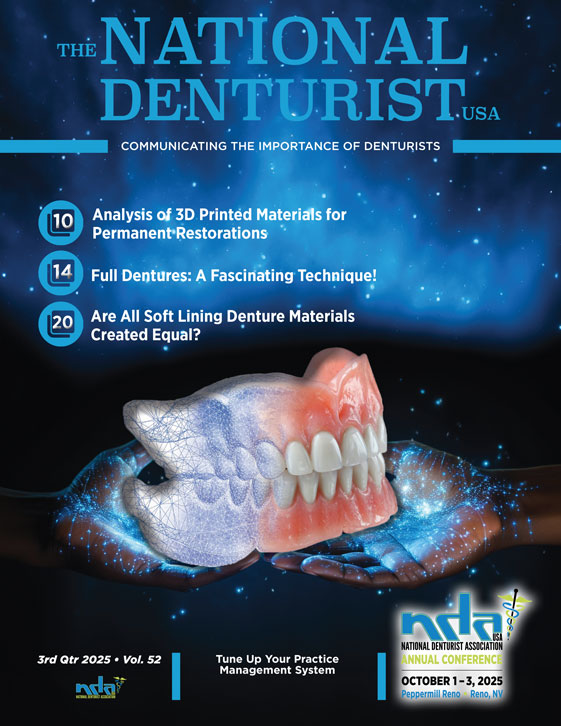


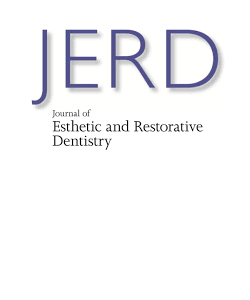

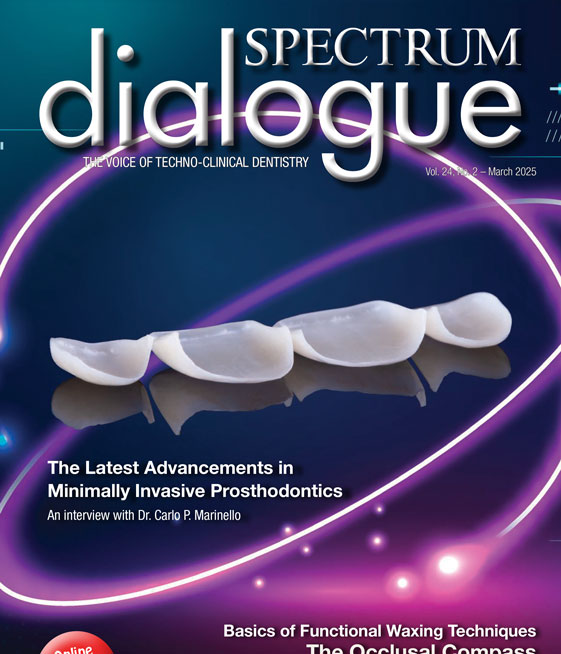
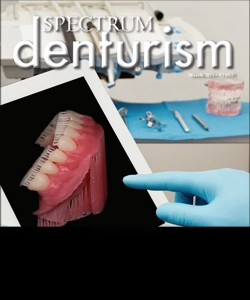
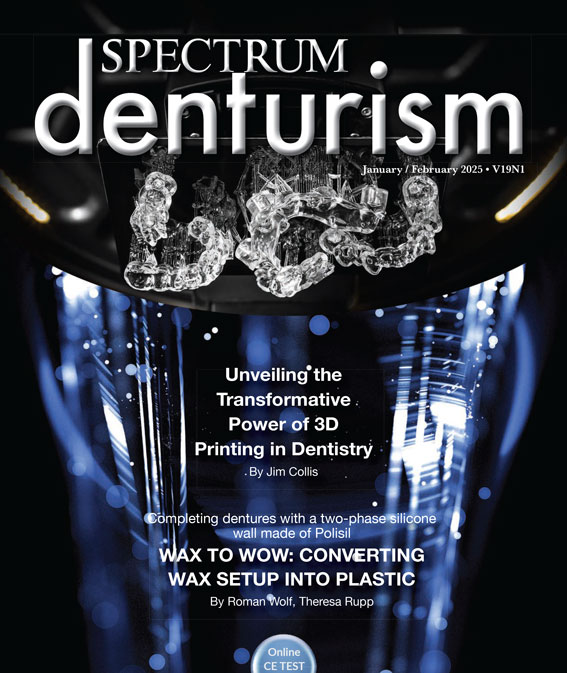













Pac-Dent's Rodin® 3D Resins are at the forefront of innovation, a series of high-quality, FDA-registered resins for all digital dental applications. This diverse range of materials offers exceptional accuracy, durability, and esthetics, seamlessly integrating with digital workflows on multiple printers to deliver results with predictable and reliable performance.